Three Pots of Inspiration: Friends Edition
What kind of art/architecture/design/etc. are inspiring some friends these days? Kaity Lucas, Avery Warkentin, and I share our rich, at-the-moment loves and recommendations.
❥ This email may be truncated in your inbox. To make sure you are reading the entire post, please move yourself along to a web browser!
More from me + Absolument can be found in these places:
Website | Instagram | Shop Absolument | Book Recs - Merci, thank you tons and tons for reading!
About every other month, I develop the unyielding urge to share another Three Pots of Inspiration post, and each one becomes as varied as the previous. Vogue fashion at the art gallery! What I was loving this exact time last year. Design-sparking your eyeballs! Dorothy-appreciation. Wedding dress regrets. And more! I’m so thankful that Substack has become a public record (mostly for my own archival purposes) of the stories of art, design, and architecture that I flock and attach myself to.
For this special edition, I wanted to bring together three friends to explore their recent creative passions. One of them became disastrously sick, so while she’s mending her health, I hope you all don’t mind that I stepped in to add three inspirations.
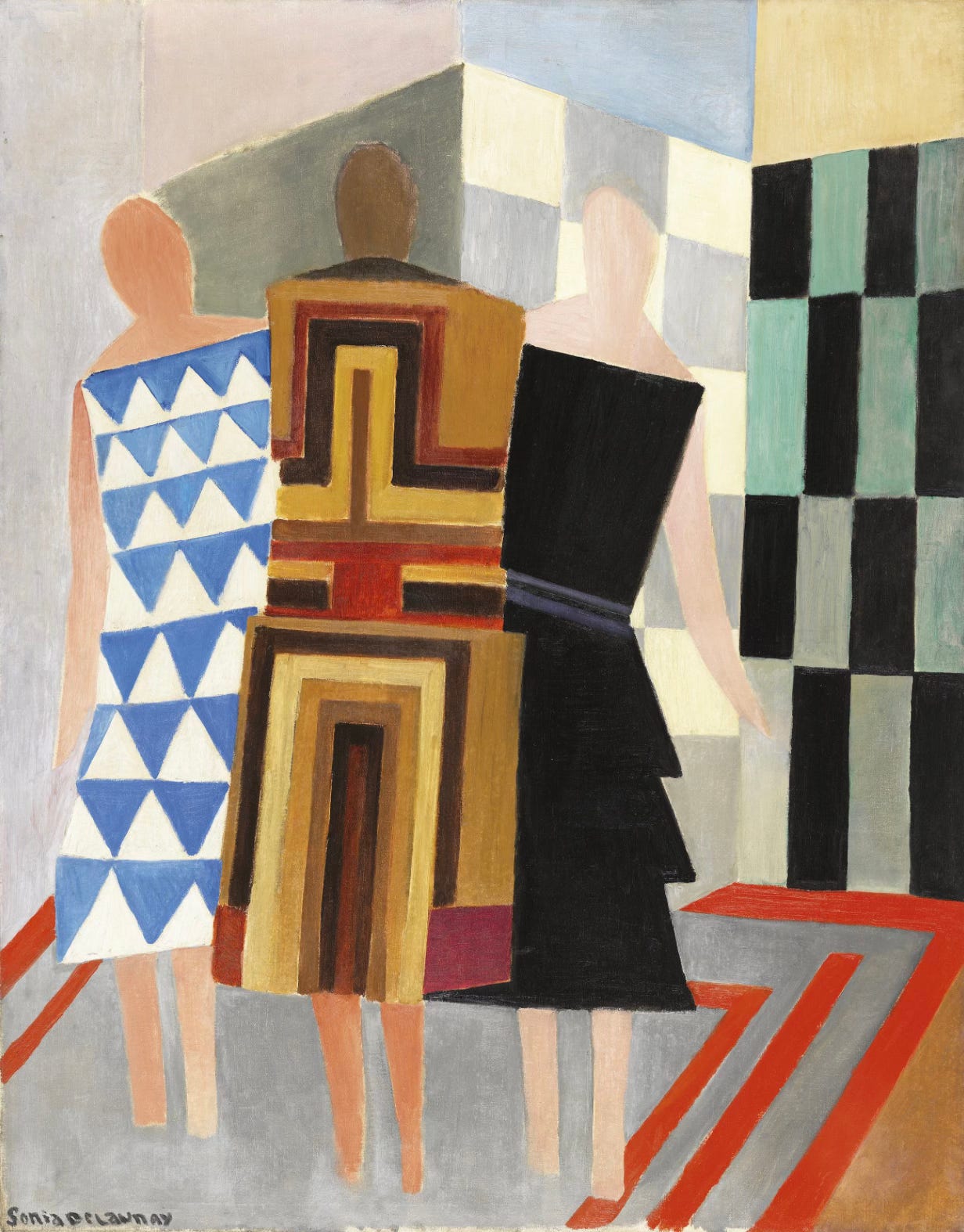
While scheming up this exercise, I began searching nearby art books for paintings that included three women. Immediately, my eyes fell on Sonia Delaunay’s Simultaneous Dresses (Three Women, Forms, Colors) from the year 1925. It felt like the perfect depiction of three women who exist in the same spheres of interest, but still hold tightly onto their unique flair. This painting has sparked another emerging friendship—
and I enthusiastically hope to share a Sonia-adjacent collaborative writing in the near future!Okay, let’s get to the goodness. Thank you for joining me,
, and ! ❥Kaitlynn Lucas’s Three Pots of Inspiration:
From Kaitlynn:
I am a writer and psychotherapist-in-training with a background in art and fashion. I suppose you could say my work is guided by a fascination with the inner life—how memory, aesthetics, and time shape our understanding of ourselves and the way we move through the world, whether it be through art, writing, or the clothes we wear. I write Another Realm, a makeshift literary-psychological journal of sorts, where I write about my many rabbit-hole fascinations.
You can also follow Kaity on Instagram.
I.
I started reading Virginia Woolf’s Mrs. Dalloway and it’s wonderful. I learned recently that the press she started with her husband, The Hogarth Press, was one of the first presses to circulate Freud’s works in English. The edition I’m reading has a fantastic introduction by feminist literary critic Elaine Showalter that I’ve annotated and underlined to death. I’ve never particularly enjoyed introductions, but this one kept me up past my bedtime. It discusses the Freudian nature of Woolf’s work, as well as her approach to character development, comparing how she fleshes out her characters to the way Cubists tried to illustrate a subject from multiple perspectives. It’s amazing. Showalter also has some great essays on Shakespeare’s Ophelia.
[Editor note: The video below shows Elaine Showalter expressing her thoughts on Mrs. Dalloway. Entrancing!]
II.
I’m obsessed with Ann Demeulemeester’s collections from the 90s and early aughts at the moment. I’m always trawling resale apps and eBay for archival pieces from the Antwerp Six. Not that I can afford them—sometimes it’s just fun to hunt, or to know they’re there for someday down the line when I’m no longer a grad student and can afford them. I found this (dress pictured below) the other day and almost passed out. Demeulemeester strikes a perfect balance between dark romanticism and deconstructed menswear silhouettes, and I just can’t get enough of it.
III.
I’m learning Portuguese right now so I can (hopefully) get Portuguese citizenship through my grandparents who were born in the Açores, and I’ve been listening to a lot of music in Portuguese lately. It’s led me to rediscover a lot of old favorites—Os Mutantes, this song by Toquino and Jor Ben Sor (it sounds like summertime), and Caetano Veloso.
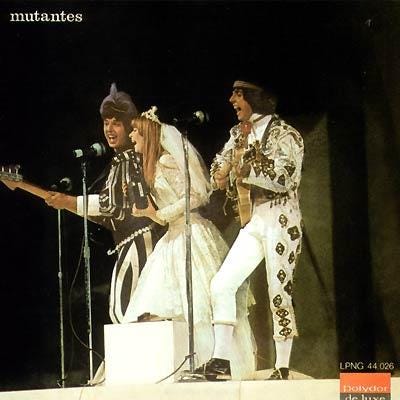
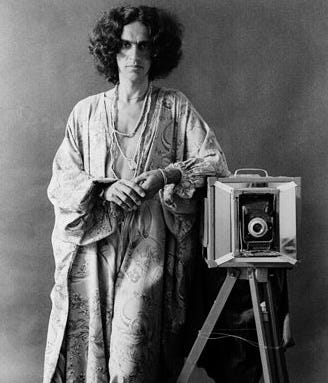
They’re all Brazilian artists, many of them associated with the Tropicália movement (I think Os Mutantes even contributed music / sound to a lot of Helio Oiticica’s works), so the inflections of the language are slightly different—Brazilian Portuguese has a more musical quality to it, whereas the Portuguese spoken in Portugal is heavier, a little more garbled. Both are beautiful in their own ways. In Portugal, there’s something called Fado, which is a traditional form of music associated with themes of loss and longing, or saudade. It’s a heartbreaking and emotional genre, but absolutely beautiful. I highly recommend going to see some Fado singers perform live if you’re ever in Bairro Alto. It’s a wonderful experience.
Avery Warkentin’s Three Pots of Inspiration:
Avery is a London-based product designer and all-around design enthusiast. With a particular interest in the very old (classical archaeology) and the very new (20th-century modernism), she discusses design in its many forms on her Substack, Artifex, as well as on Tiktok and Instagram.
Avery says:
Three themes that have been swirling around my brain lately have been South American art and architecture, digital design curation, and archaeology’s intersection with art.
Expansive themes, I know, so here are three slightly more specific pieces of inspiration that I can’t currently get out of my head…
I.
First up in the modernist Brazilian artist, Tarsila do Amaral. I was introduced to Tarsila (as she signed her work) thanks to the exhibition Brasil! Brasil! The Birth of Modernism currently on here in London at the Royal Academy. The exhibition features “over 130 works by ten important Brazilian artists from the twentieth century, capturing the diversity of Brazilian art at the time.”
One of those artists is Tarsila. The daughter of wealthy landowners, Tarsila studied painting in São Paulo and then Paris in the 1920s. Her art, however, is known for its distinctly Brazilian themes borne out in vibrant colours and simplified forms.
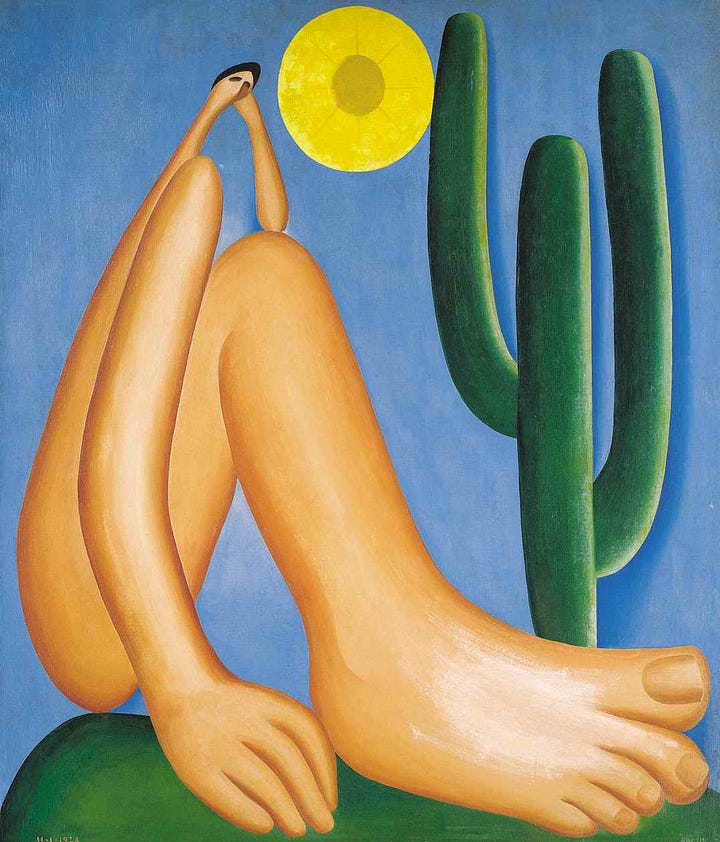
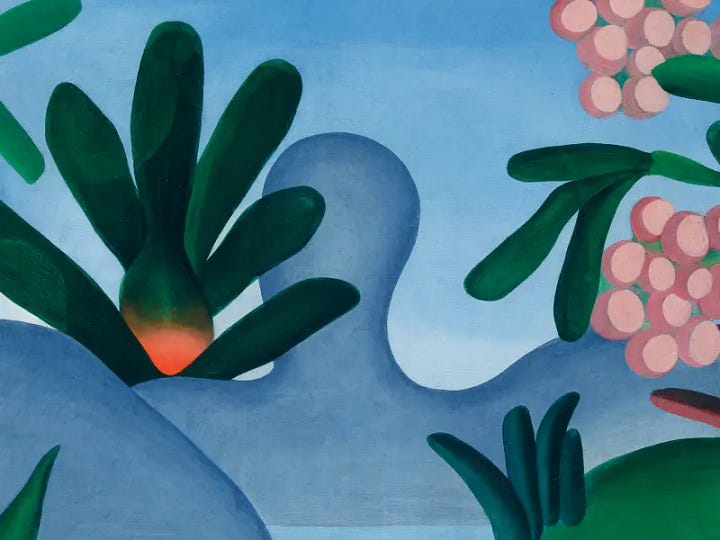
I love the combination of flattened perspective and bold, bright colours in Tarsila’s works. The combination of prehistoric and indigenous forms with a slightly child-like simplicity feels completely distinct amongst modernist painters!
The Guggenheim Bilbao also currently has on a solo an exhibition on Tarsila which I will most definitely be visiting when down in the Basque country next month!
[Editor note: I was just introduced to Tarsila while at this Museo Guggenheim in Bilbao on my birthday a couple of weeks ago. Then, the next day, Avery sent me this writing. Kismet!!!]
II.
Next up is the interactive Atlas curated by Hidden Architecture, a collaborative project started in 2015 by architects Alberto Martínez García and Héctor Rivera Bajo. Hidden Architecture was motivated initially “to give visibility to works, projects or approaches that we considered to be displaced from the academic narrative.”
Now, ten years later, the endeavour has resulted in almost 1000 published projects which are documented on their interactive online Atlas. Anyone can go and explore the map, with each pin correlating to a particular building accompanied by a detailed write up.
The map is overwhelming in scale, but particularly unique in its international span. As mentioned, I am currently trying to expand my design knowledge and online, accessible tools like this are invaluable to those of us who grew up learning about design from a Eurocentric perspective.
Go have a click around, go read some amazing design writing, and go follow them on Instagram!
III.
Finally, I want to discuss the Palazzo Grimani in Venice and its history of archaeological collection.
Palazzo Grimani was built in the Middle Ages but enhanced during the fifteenth century by the doge Antonio Grimani, a spice merchant. The palazzo stayed in the family until 1865 and over time acquired an immense collection of archaeological finds. Palazzo Grimani was eventually acquired by the city of the Venice in 1981 and was opened to the public in 2008 after a lengthy restoration.
What first alerted me to the existence of Palazzo Grimani, was the below photo posted by interior designer Duncan Campbell. The collection of classical sculpture placed in the palazzo’s Tribuna (a room based on Roman atria and built specifically to display sculpture) was overwhelming to a once archaeologist!
Turns out the Palazzo is currently hosting an exhibition in collaboration with the Archaeological Park of Pompeii titled ‘Wael Shawky: I Am Hymns of the New Temples’. The exhibition places the classical collection of Palazzo Grimani in conversation with Shawky’s film of the same name which explores ‘Greek mythology, specifically, the dissemination of myths and their persistence across sources, time and cultures.’
I am deeply interested in the intersection of contemporary art and design with archaeological histories and Shawky’s film embodies this as the first work produced as part of ‘Archaeological Matters’, a platform dedicated to the formation of the contemporary art collection of the Archaeological Park of Pompeii. I can’t wait to see what the platform produces next…
My Three Pots of Inspiration:
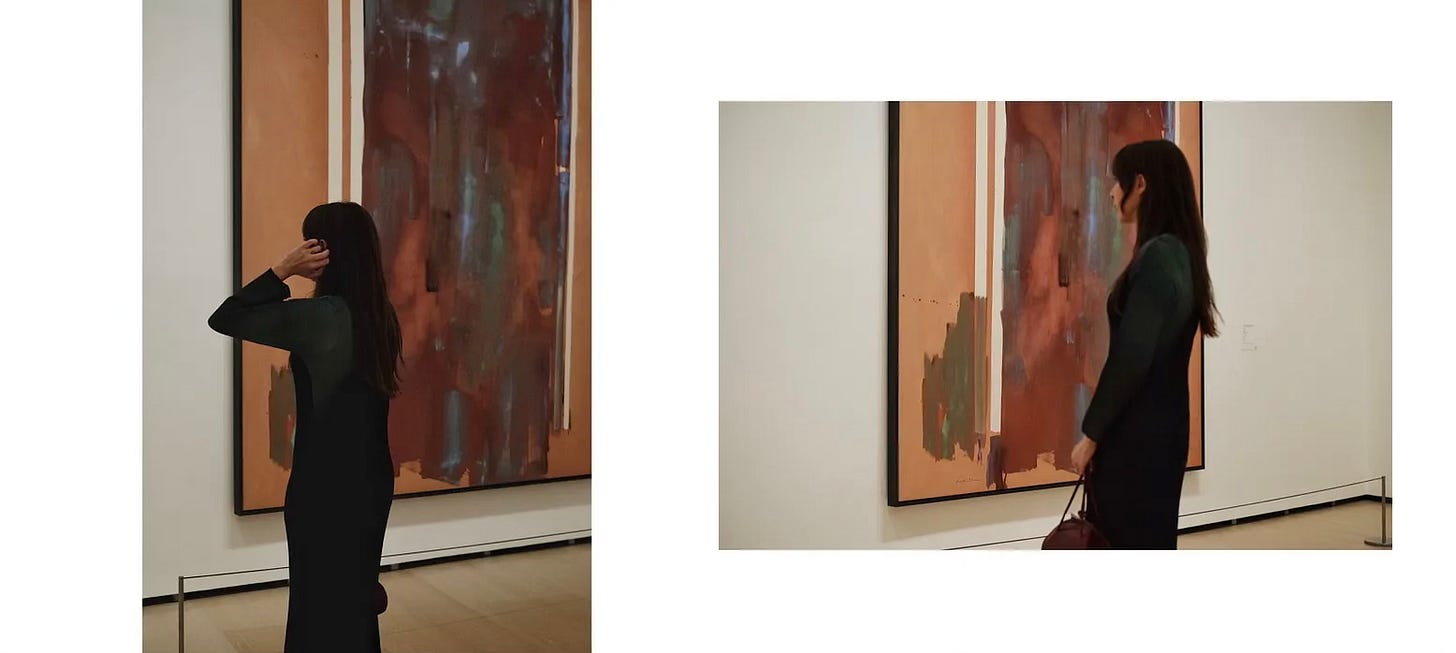
I.
Cranbrook Academy of Art is welcoming in a new exhibition in mid-June—Eventually Everything Connect: Mid-Century Modern Design in the US. My list of excitements surrounding the exhibition is looong, and toward the top of it is this Edward J. Wormley “Listen-To-Me-Chaise” lounge from 1948. Much of this exhibition’s research and livelihood exists thanks to the research of Bridget Bartal, a budding design historian and Cranbrook’s inagural MillerKnoll Curatorial Fellow, who was featured on my first One Piece installment.
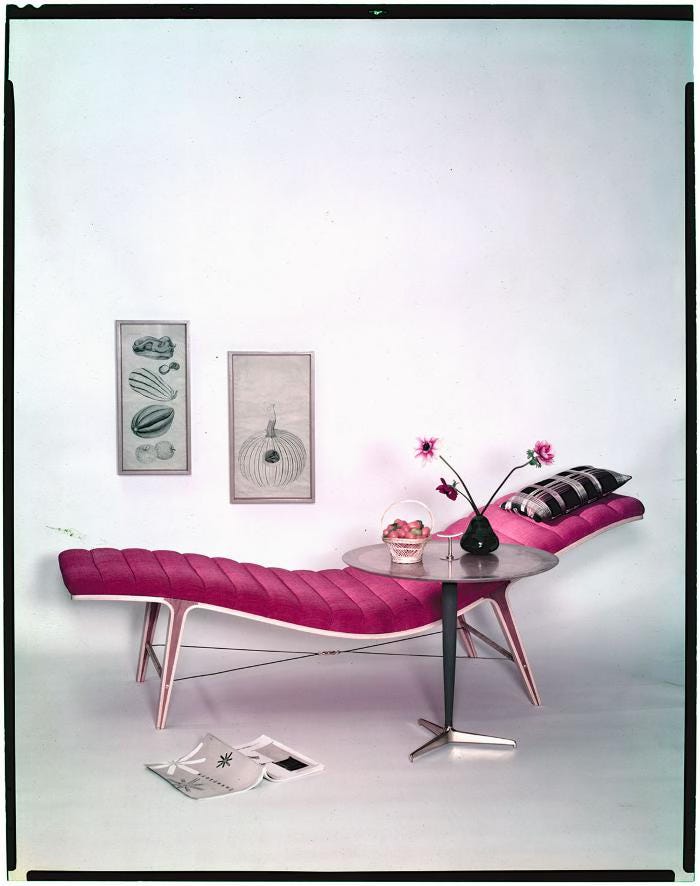
It’s nearly impossible to find more research on this chaise project, so I’ll be tuning in for Cranbrook’s findings. But I love the way it’s styled here in its original ‘48 advertisement, and Learn Antique’s description of it: “[Wormley’s] 1948 Listen-to-Me Chaise sports a gentle Rococo curve.” I can’t help but think that Wormley may have been inspired by his own surname—the seat itself mimics the grooves and windings of a worm. Doesn’t it?
II.
Earlier in the year,
and graciously interviewed me for their Links we shared with friends series on their newsletter . I thought it’d be fun to share one of my links here again!Parisian Agnès Varda photographed her youthful travels to Sète, France, from 1949 to 1954. To push herself even further creatively, Varda pieced together her first feature film, La Pointe Courte. She casted everyone and selected the locations, props, and wardrobe based entirely on her photographs. Every aspect of it is moving! I have yet to find the full film streaming anywhere, but I know when I finally do, I’m confident that I’ll feel so connected to it!
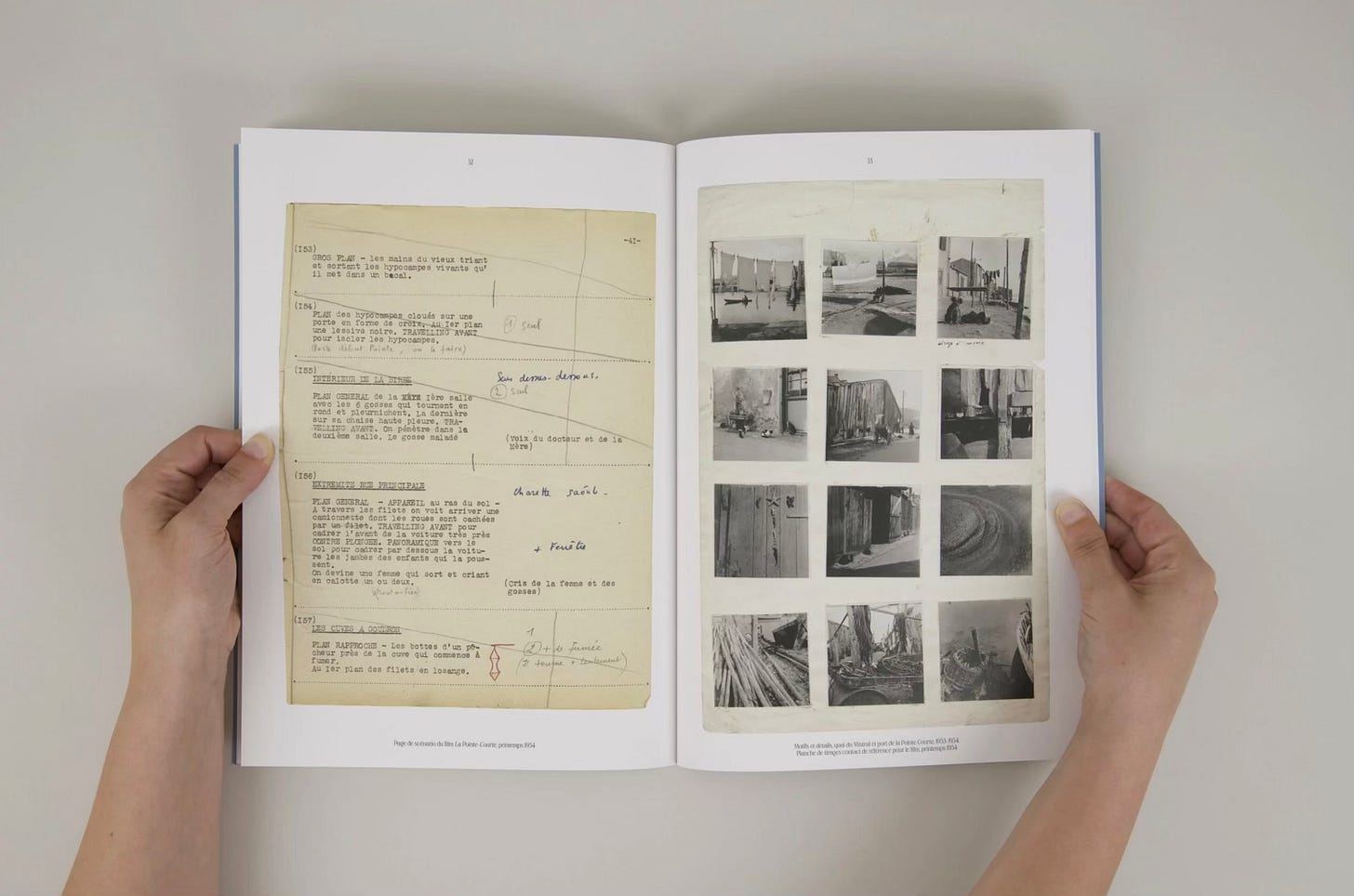
III.
This Lee Krasner painting, Lavender, from 1942 has been sautéing in my thoughts. Did you know that the Smithsonian Archives of American Art is home to the Jackson Pollock and Lee Krasner Papers (1942-1984)? A good number of the photographs and documents are digitized and viewable online. An archivist and historian’s dream! It’s more Jackson-heavy, and we can thank Lee for being his biggest advocate. I wish she bolstered herself up more—that “Krasner” was as easily recognizable to the general public as “Pollock” has been.

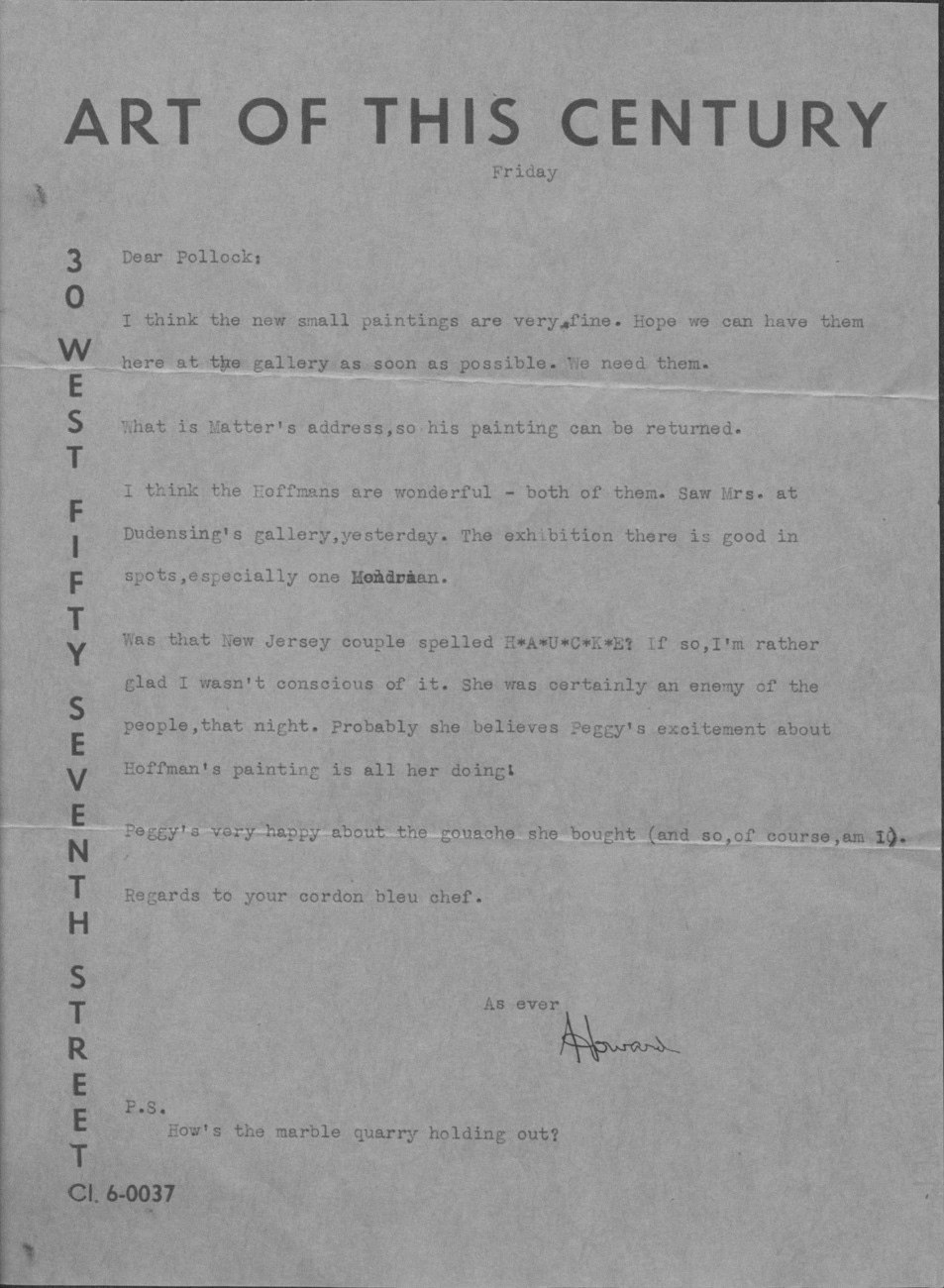
**
Keep your friends close…and maybe their design recommendations closer!
Kelsey Rose









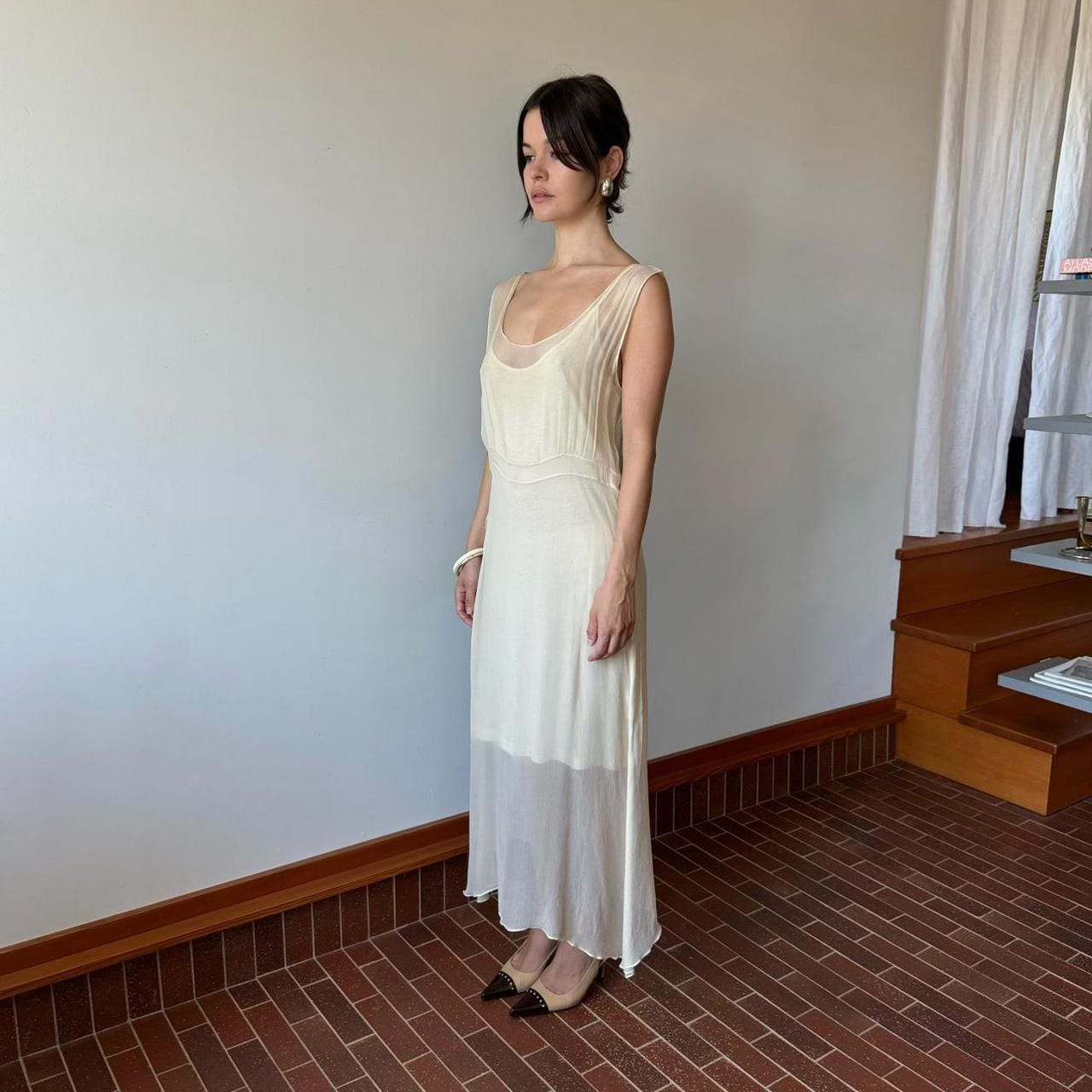
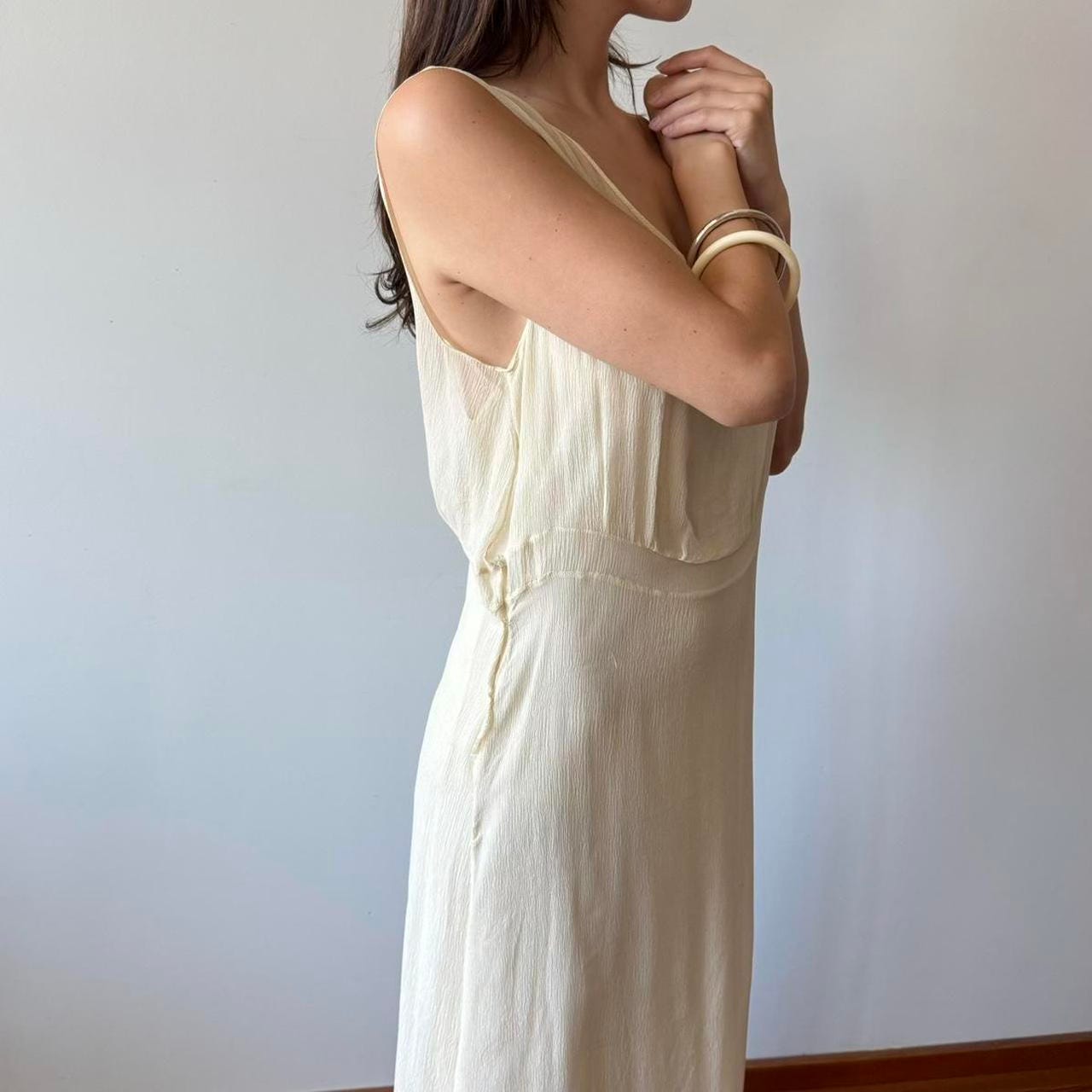
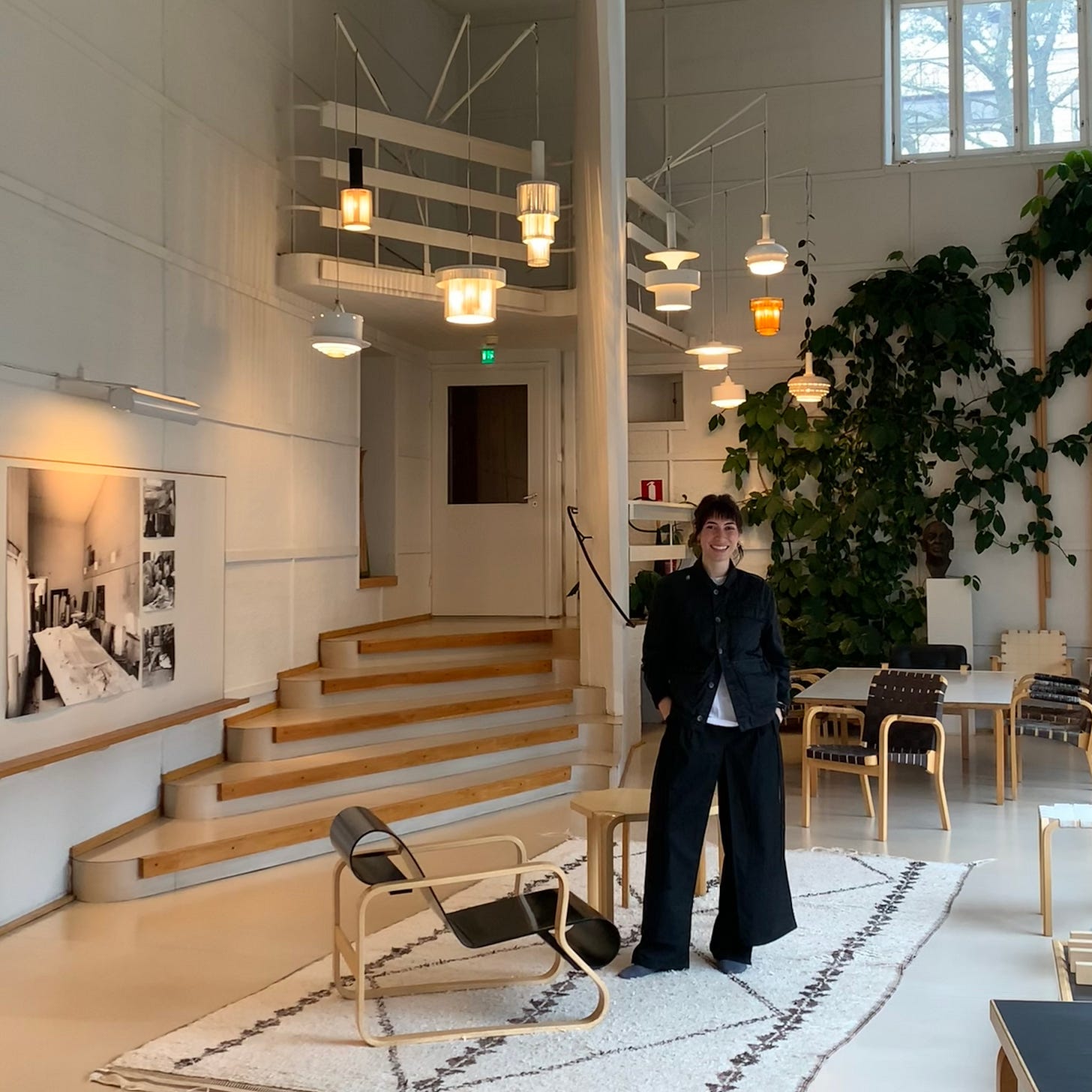

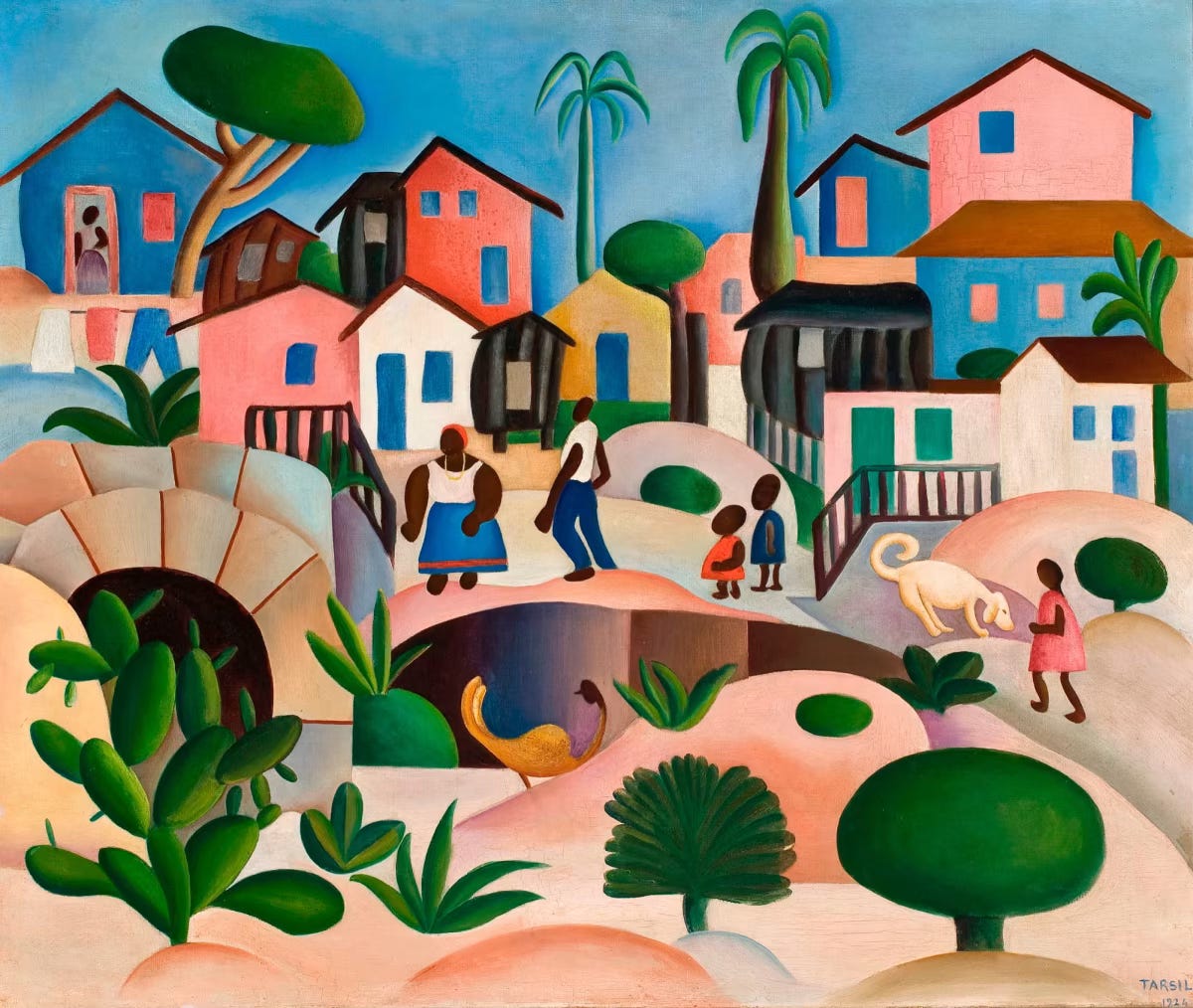
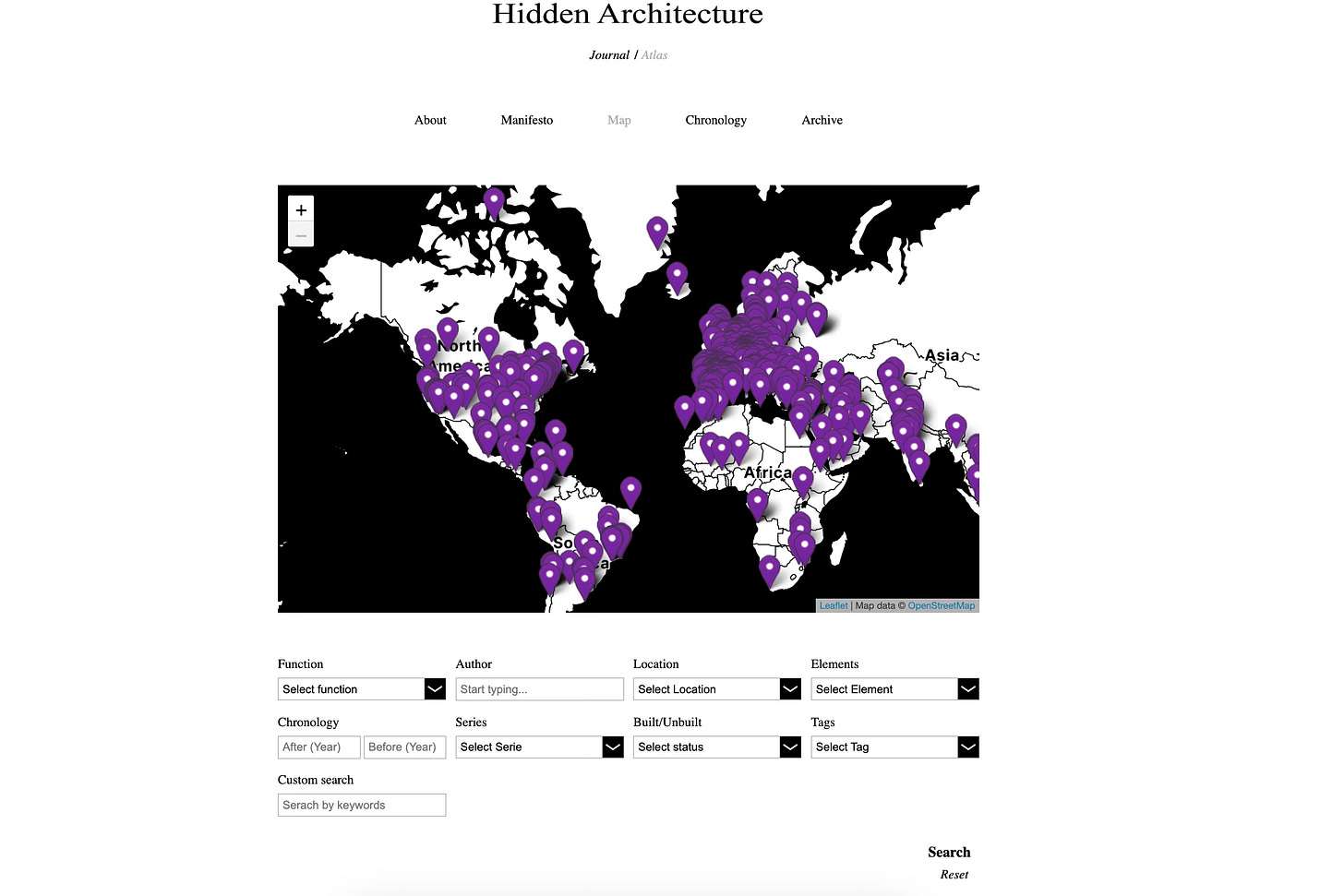
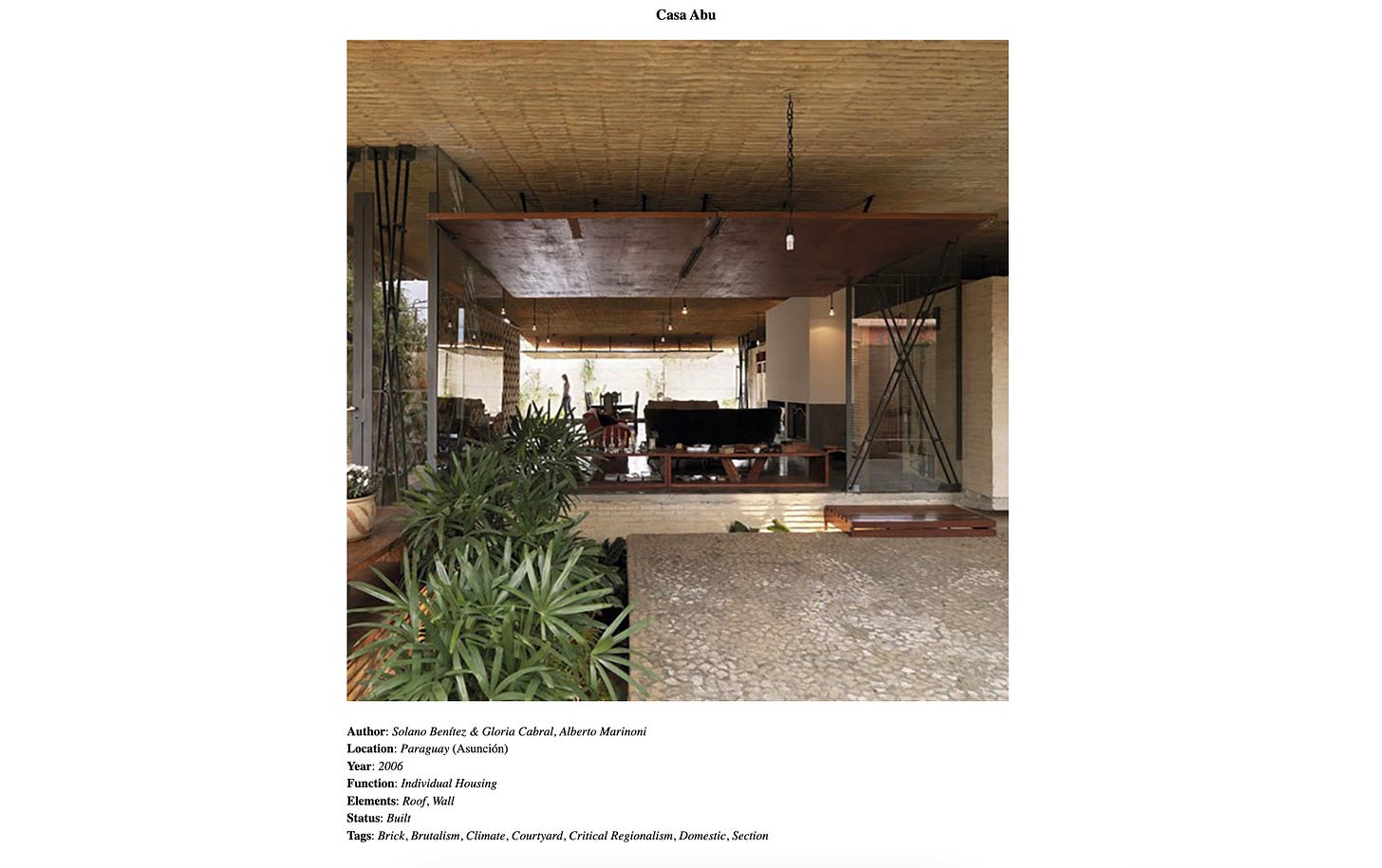


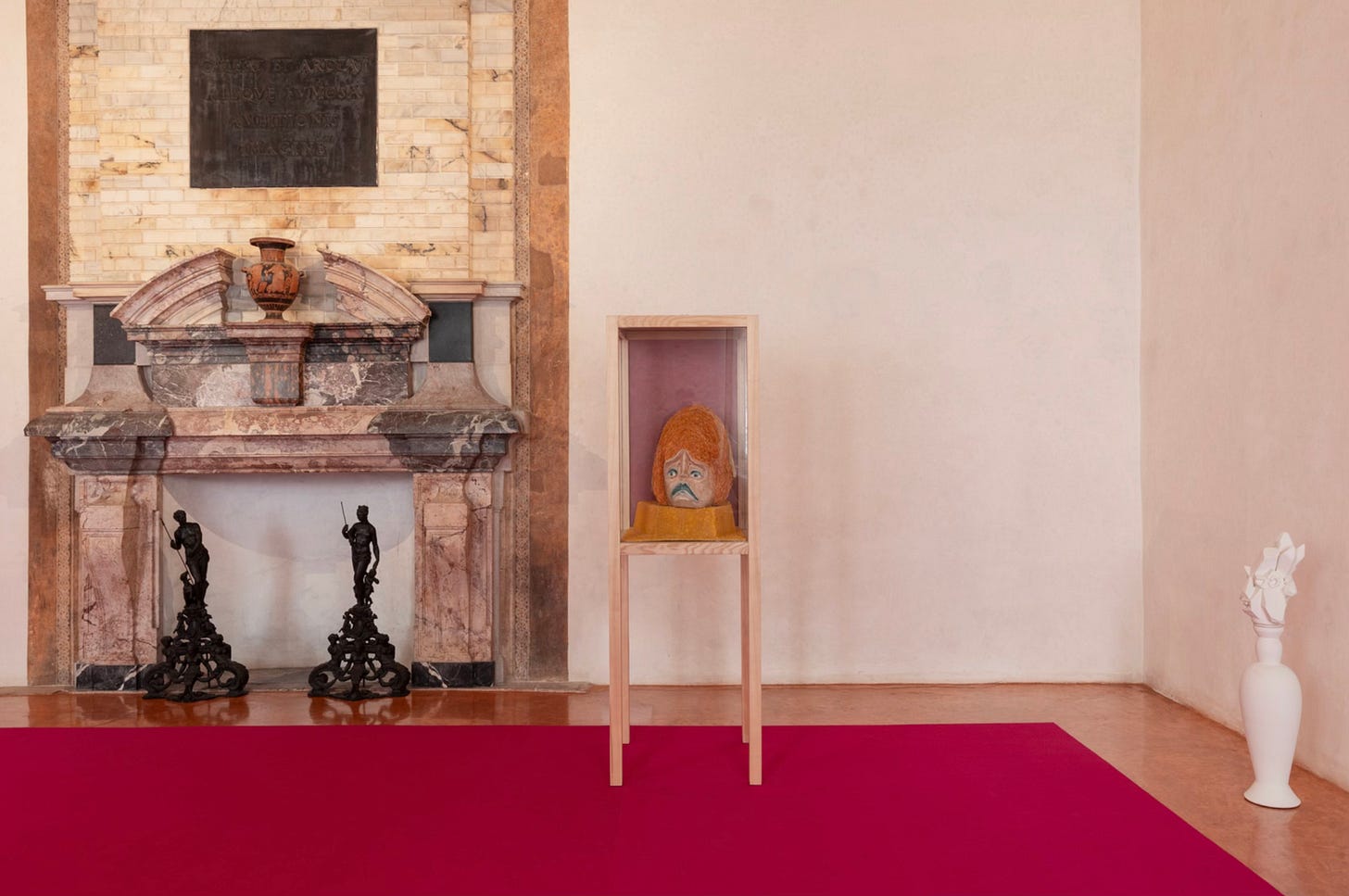
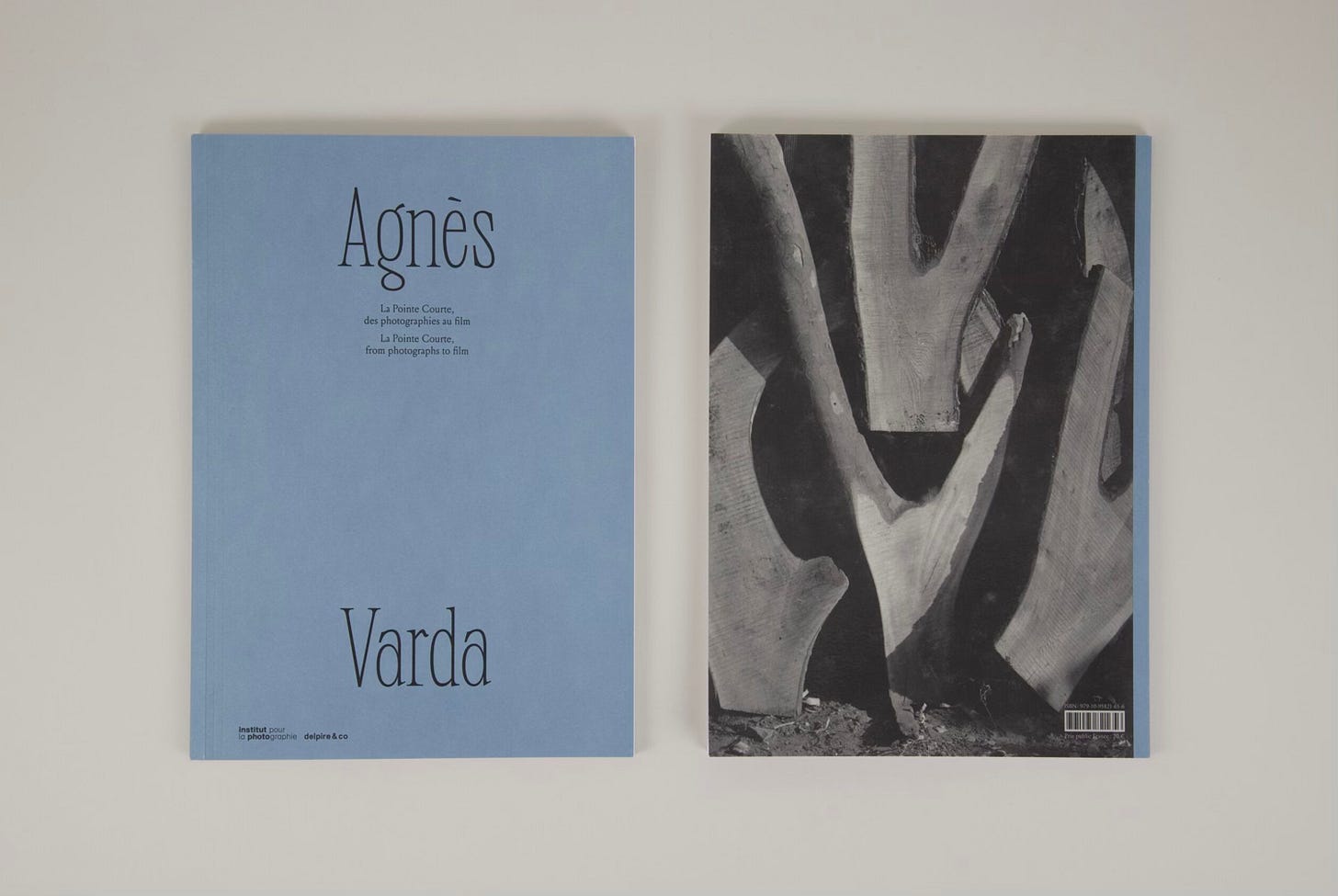




Such a special edition to be a part of! 🌟🌟
I love this!! Thank you so much for letting me be a part of this. <3